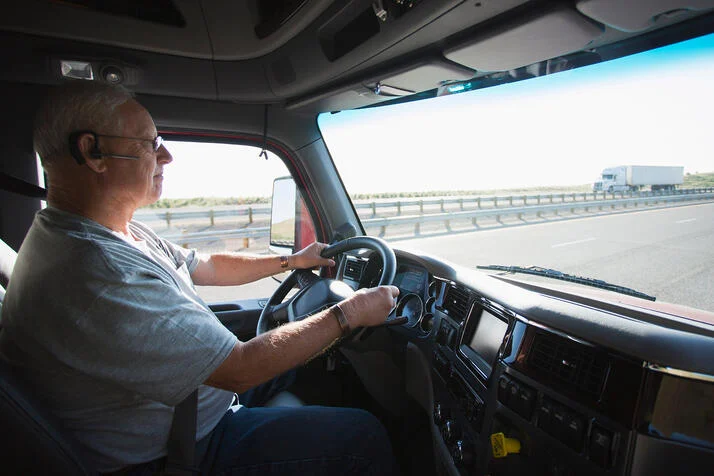“Passenger drivers sharing the road with semi-trucks may wonder about the complexity of these large vehicles,” observes Andrew S. Kryder, Esq., founding partner of an established truck accident law firm. “Here are some common questions and answers that can help demystify these highway behemoths.”
The Basics
Experienced truck drivers know that this is not just a question of idle curiosity – understanding how semi-trucks are designed and operated is an important part of sharing the roads safely between trucks and other vehicles.
What Are All Those Gears for?
Semi-trucks use a manual transmission system with 10 to 18 gears, depending on the size and model of the truck. These gears help truck drivers navigate different driving conditions such as uphill or downhill roads, heavy traffic, and varying speeds. Trucks also have low-range gears for hauling heavy loads and high-range gears for highway driving.
Why Do Semi-Trucks Drive in the Middle Lane?
Semi-trucks often occupy the middle lane on highways for several reasons. It provides flexibility for lane changes when needed and helps maintain a steady speed, avoiding frequent deceleration or acceleration caused by vehicles entering or exiting the highway.
Why Do Trucks Leave So Much Space Between Themselves and the Vehicle in Front?
Truck drivers maintain a larger following distance to ensure ample stopping time in case of sudden stops. This distance accounts for the truck’s longer braking distance compared to smaller passenger vehicles, enhancing safety for everyone on the road.
Why Do Trucks Sometimes Take a Long Time to Pass Each Other?
When a truck overtakes another, it often takes a significant amount of time due to their speed limitations and heavy loads. Most trucks are equipped with speed governors, which restrict their maximum speed to improve safety and fuel efficiency. This can make passing a slower process.
Why Do Trucks Make Wide Turns?
Semi-trucks need more space to execute a turn due to their length and the articulation between the tractor and the trailer. When turning right, for instance, the driver may initially swing left to create space, ensuring the back wheels clear the curb or any obstacles.
Why Do Semi-Trucks “Jackknife”?
Jackknifing occurs when the trailer of a semi-truck swings out to the side, forming a sharp angle with the tractor. This can happen because of sudden braking, slippery road conditions, or loss of control. It is a serious situation that drivers strive to avoid through careful driving and proper vehicle maintenance.
Why Are Trucks So Noisy?
The noise from semi-trucks usually comes from their powerful engines, large cooling systems, and the use of engine brakes (also known as Jake brakes). While engine braking is essential for controlling speed without causing excessive wear on traditional brakes, it can be quite loud.
Why Do Truck Drivers “Flash” Their Lights at Cars?
Truck drivers flash their lights for various reasons. One common reason is to signal that it’s safe for another vehicle to merge back into the lane after overtaking. It’s a form of communication indicating that the driver has been seen and that the maneuver is complete.
Why Do Semi-Trucks Park on the Side of the Road?
Truckers may need to park on the shoulder for several reasons such as needing to address mechanical issues, take a mandatory rest break, or check their load. Regulations often require truckers to rest at specific intervals to prevent fatigue and ensure road safety.
Keep an eye for more news & updates on Tribune Breaking!







